
India, with its rich tapestry of religious traditions and historical depth, is a premier destination for spiritual pilgrims. The country’s landscape is dotted with numerous sacred sites, each resonating with ancient spiritual practices and profound cultural significance. Pilgrimage in India is not just a journey to a physical destination, but a quest for inner peace, enlightenment, and a deeper connection with the divine. Here are some of the most significant sacred sites and the spiritual practices associated with them:
1. Varanasi (Kashi)
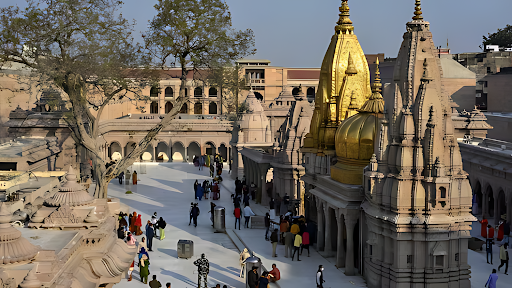
Sacred Significance: Varanasi, also known as Kashi, is considered the spiritual capital of India. It is one of the oldest continuously inhabited cities in the world and is regarded as the holiest city in Hinduism.
Spiritual Practices:
1. Ganga Aarti: A daily ritual performed at the ghats of the Ganges River, where priests offer prayers with fire to the river goddess, Ganga.
2. Bathing in the Ganges: Pilgrims believe that a dip in the Ganges purifies the soul and washes away sins.
3. Rituals for the Departed: Many come to Varanasi to perform rites for deceased ancestors, believing that dying in Kashi ensures moksha (liberation from the cycle of rebirth).
2. Rishikesh and Haridwar
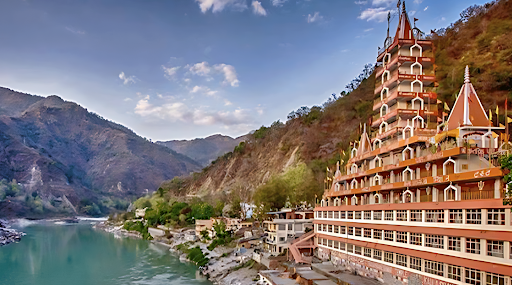
Sacred Significance: Located at the foothills of the Himalayas, Rishikesh and Haridwar are twin cities known for their spiritual ambiance and as gateways to the Char Dham Yatra (a pilgrimage to the four sacred temples in Uttarakhand).
Spiritual Practices:
1. Yoga and Meditation: Rishikesh is known as the Yoga Capital of the World, attracting seekers from around the globe to its ashrams and yoga retreats.
2. Kumbh Mela: Haridwar hosts the Kumbh Mela, one of the largest religious gatherings in the world, where millions gather to bathe in the holy river.
3. Evening Aarti at Har Ki Pauri: A mesmerizing aarti ceremony held every evening on the banks of the Ganges in Haridwar.
3. Bodh Gaya
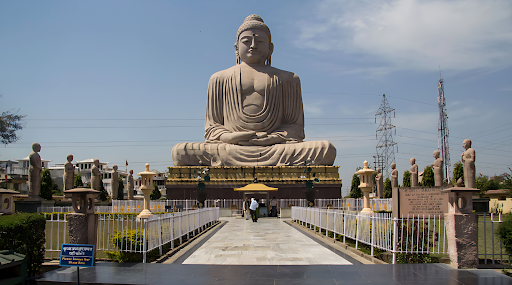
Sacred Significance: Bodh Gaya is the site where Siddhartha Gautama attained enlightenment and became the Buddha. It is the most important pilgrimage site for Buddhists.
Spiritual Practices:
1. Meditation under the Bodhi Tree: Pilgrims meditate under the Bodhi Tree, believed to be a direct descendant of the tree under which Buddha attained enlightenment.
2. Circumambulation of the Mahabodhi Temple: Devotees walk around the temple in prayer and meditation.
3. Chanting and Offerings: Monks and laypersons engage in chanting sutras and offering flowers, incense, and lamps.
4. Amritsar
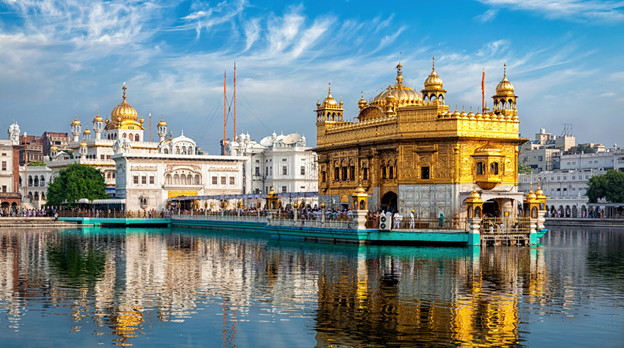
Sacred Significance: Amritsar is home to the Golden Temple (Harmandir Sahib), the holiest shrine in Sikhism. The city’s name itself means “Pool of Nectar,” referring to the holy water surrounding the temple.
Spiritual Practices:
1. Langar (Community Kitchen): Serving free meals to all visitors, regardless of religion or background, as an act of seva (selfless service).
2. Kirtan: Devotional singing of hymns from the Guru Granth Sahib, the holy scripture of Sikhism.
3. Amrit Sanchar: The Sikh baptism ceremony, held in the presence of the Guru Granth Sahib.
5. Dharamshala
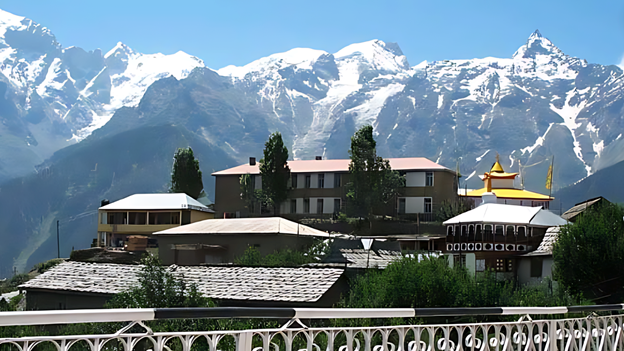
Sacred Significance: Dharamshala, in Himachal Pradesh, is known as the home of the Dalai Lama and the Tibetan government-in-exile. It is a major center for Tibetan Buddhism.
Spiritual Practices:
1. Teachings of the Dalai Lama: Pilgrims attend teachings and public talks by His Holiness the Dalai Lama.
2. Meditation Retreats: Numerous centers offer meditation and Buddhist teachings.
3. Monastic Life: Visitors can experience the daily rituals and practices of Tibetan monks.
6. Puri
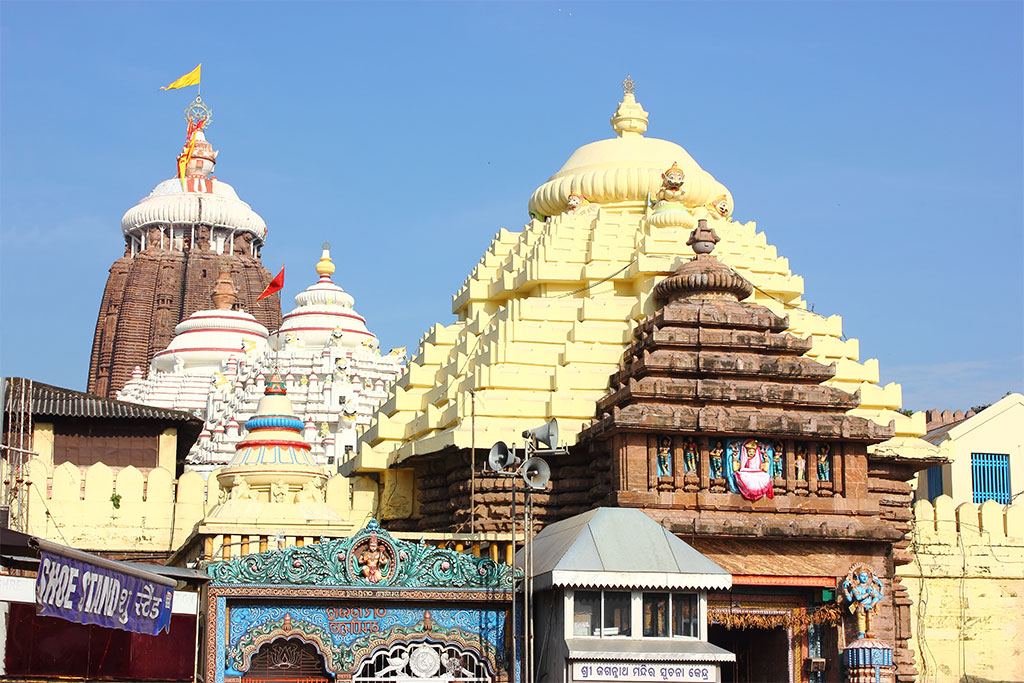
Sacred Significance: Puri, in the state of Odisha, is known for the Jagannath Temple, one of the Char Dham pilgrimage sites. The temple is dedicated to Lord Jagannath, a form of Lord Krishna.
Spiritual Practices:
1. Rath Yatra: The annual chariot festival where the deities Jagannath, Balabhadra, and Subhadra are taken out in grand processions.
2. Mahaprasad: The offering of food to the deities, which is then distributed among devotees.
3. Pilgrimage to the Beach: Many pilgrims visit the Puri beach, believed to have purifying qualities.
7. Tiruvannamalai
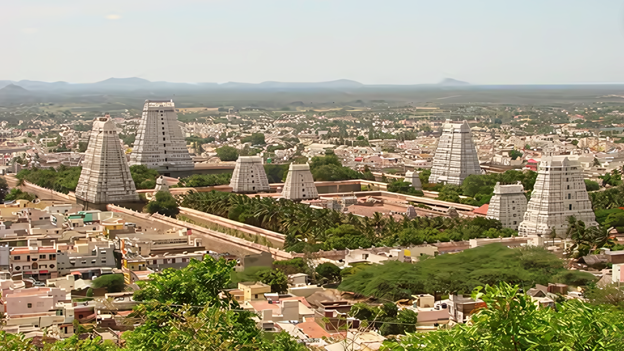
Sacred Significance: Tiruvannamalai, in Tamil Nadu, is home to the Annamalaiyar Temple, dedicated to Lord Shiva, and the Arunachala Hill, considered a manifestation of Shiva.
Spiritual Practices:
1. Girivalam (Circumambulation): Pilgrims walk around the Arunachala Hill, especially on full moon nights.
2. Darshan at Annamalaiyar Temple: Seeking blessings at this significant Shiva temple.
3. Meditation in Ramana Maharshi Ashram: The ashram of the revered sage Ramana Maharshi offers a place for deep meditation and spiritual inquiry.
8. Ajmer
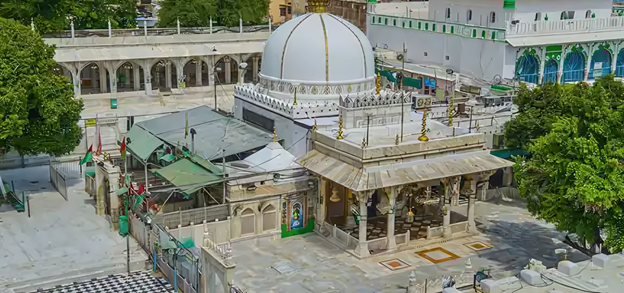
Sacred Significance: Ajmer, in Rajasthan, is known for the Dargah Sharif, the shrine of Sufi saint Khwaja Moinuddin Chishti.
Spiritual Practices:
1. Qawwali Sessions: Devotional music sessions held at the shrine.
2. Offering Chadar: Pilgrims offer a chadar (cloth) at the saint’s tomb.
3. Prayers and Offerings: Devotees pray and make offerings for blessings and spiritual fulfillment.
9. Neem Karoli Baba Ashram (Kainchi Dham)
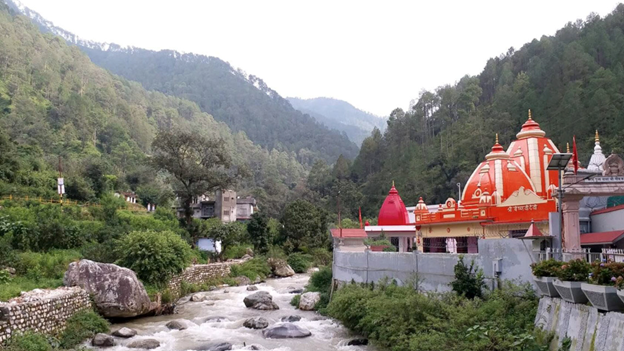
Sacred Significance: Located in Uttarakhand, the Neem Karoli Baba Ashram is dedicated to the revered saint Neem Karoli Baba, who has a large following, including notable Western devotees.
Spiritual Practices:
1. Meditation and Prayer: Devotees engage in meditation and prayer at the ashram.
2. Hanuman Chalisa Recitation: The recitation of this devotional hymn is a common practice.
3. Service (Seva): Engaging in selfless service, as taught by Neem Karoli Baba.
10. Pushkar
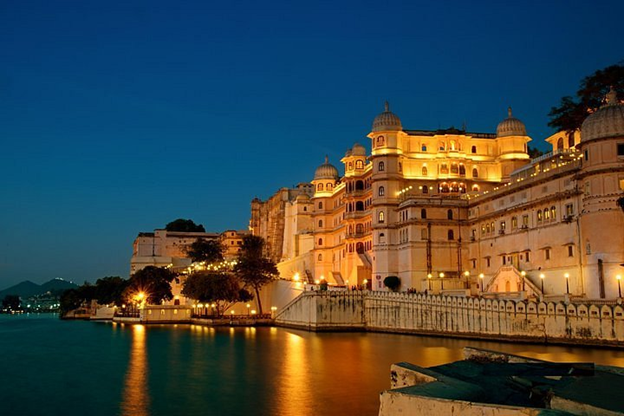
Sacred Significance: Pushkar, in Rajasthan, is famous for the Brahma Temple, one of the few temples dedicated to Lord Brahma, and its sacred lake.
Spiritual Practices:
1. Holy Dip in Pushkar Lake: Believed to purify the soul and bring blessings.
2. Pushkar Camel Fair: A unique cultural and spiritual experience.
3. Prayers at Brahma Temple: Devotees offer prayers and seek blessings from Lord Brahma.
Indus Discoveries has been researching, developing, and organizing small group tours to unique retreats in India, Nepal, and Bhutan for the past 24 years. Please contact us so that we can help you design a retreat itinerary for your clients. So they can experience the beauty and tranquillity of India, Nepal and Bhutan has to offer to a discerning traveller.
Please contact us at – enquiries@indusdiscoveries.com





 +1-(765)-586-1210
+1-(765)-586-1210 +44-2030-2689-44
+44-2030-2689-44 +91 124 4361906
+91 124 4361906




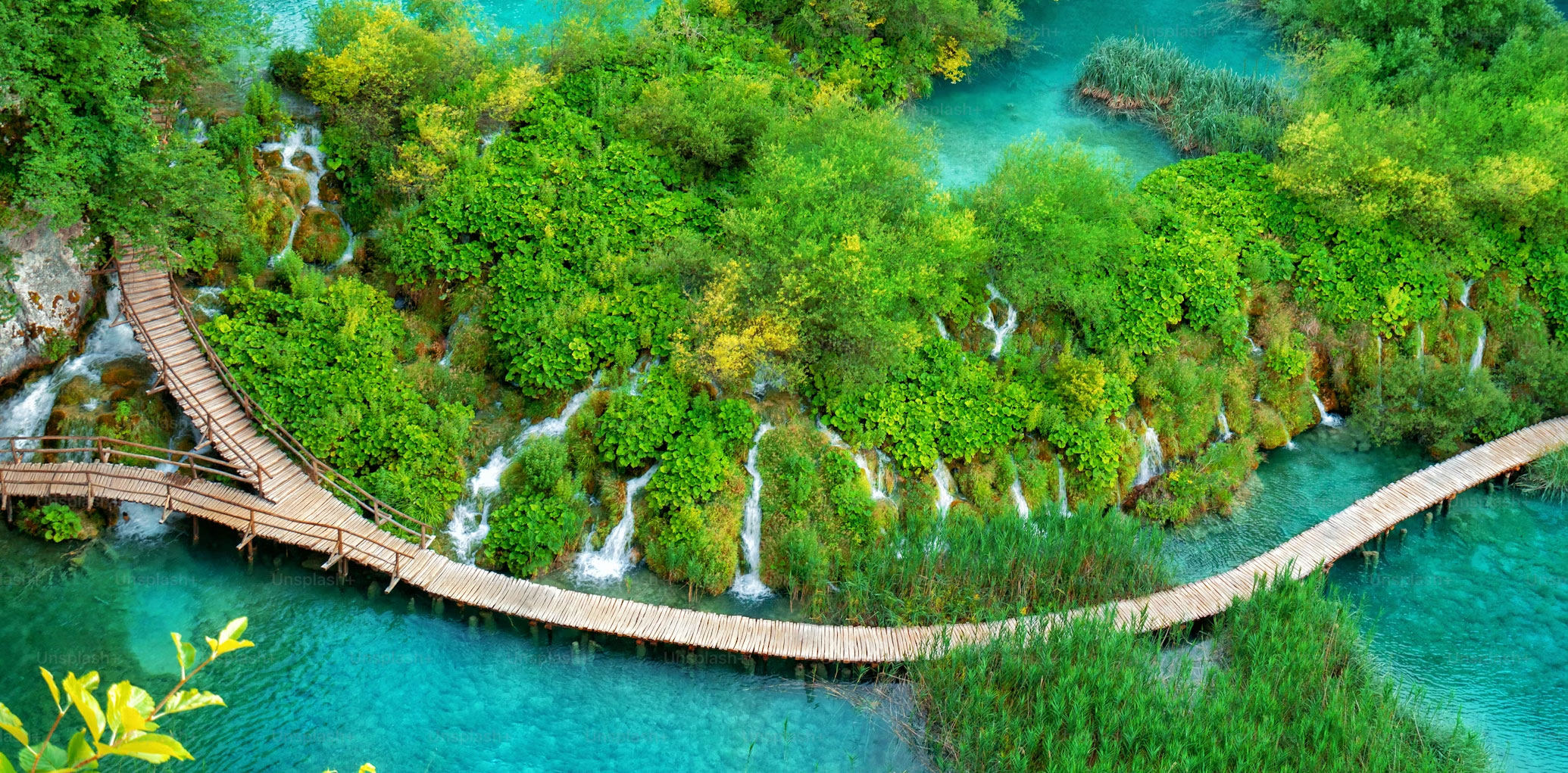




 +1-(765)-586-1210
+1-(765)-586-1210 +44-2030-2689-44
+44-2030-2689-44